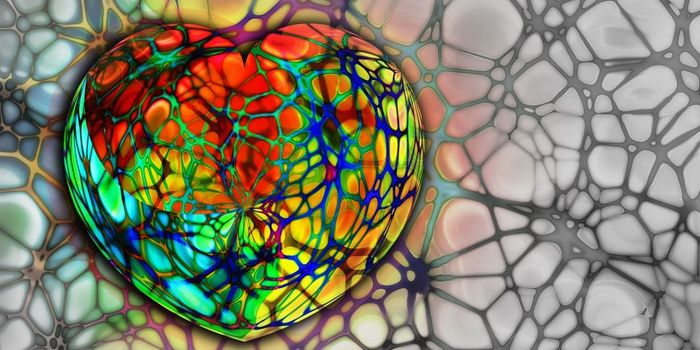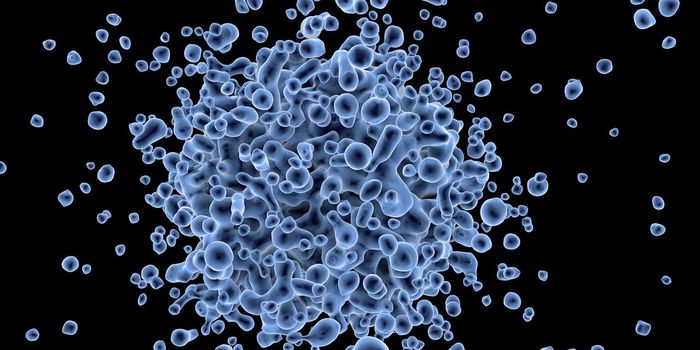Cholesterol Drug Regrows Neurons After Spinal Cord Injury
Fenofibrate, an FDA-approved drug used to reduce cholesterol levels, causes sensory neurons in the spine following spinal cord injury to regrow twice as fast as with a placebo treatment. The results were published in eLife.
Following a spinal cord injury, several lines of communication between the body and brain may be damaged. Damage to the motor and sensory neurons in the central nervous system is often unable to completely heal and thus can leave survivors with chronic paralysis, numbness, and pain.
While neurons in the brain and spinal cord (the central nervous system) have limited ability to heal after injury, those in the periphery areas of the body, such as the arms and legs, heal quickly after damage- explaining why after getting a cut on your arms or legs, you do not go permanently numb.
The researchers behind the present study suspected that the difference between healing in the central nervous system and the peripheral nervous system might lie in different responses to the injury among support cells- cells that surround neurons and protect and nurture them.
From various experiments, they found that a set of genes known as the PPAR-alpha pathway- known its role in fat metabolism- became highly expressed following injury to peripheral axon branches, but not following injury to central axonal branches. They found that PPAR-alpha expression was, in fact, inhibited after spinal cord injury in the central nervous system.
The researchers thus suspected that the PPAR-alpha pathway might promote the regrowth of sensory neurons. They thus fed mice fenofibrate- a drug that activates the PPAR-alpha pathway- for two weeks before injuring their sensory axon branch that leads to the central nervous system.
Three days later, they found that mice fed fenofibrate experienced twice the regrowth of sensory neurons as those who had received a placebo.
“PPAR alpha is only expressed in satellite glial cells, not in neurons, so these results tell us that targeting these support cells can improve regeneration and potentially relieve sensory symptoms like pain,” said senior author Valeria Cavalli, PhD, senior author of the paper.
“It gives us an additional tool to design therapies to restore function after nerve injuries. We haven’t fixed spinal cord injury, but we’re one step closer to figuring out how to do it," she added.
In future research, the scientists plan on enhancing neuronal regrowth by combining fenofibrate with other experimental regeneration therapies that target neurons or other aspects of the central nervous system.
Sources: eLife, Neuroscience News









